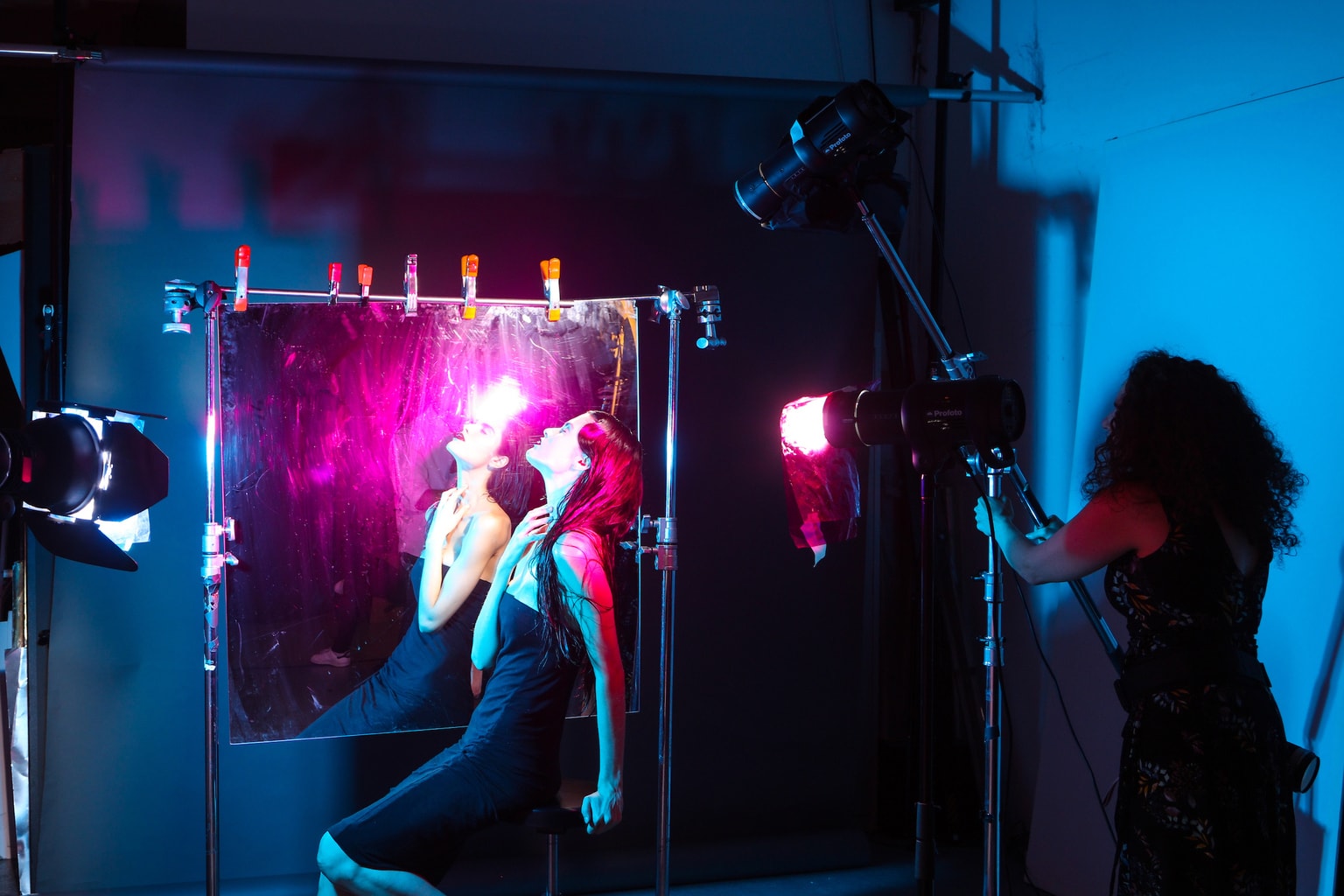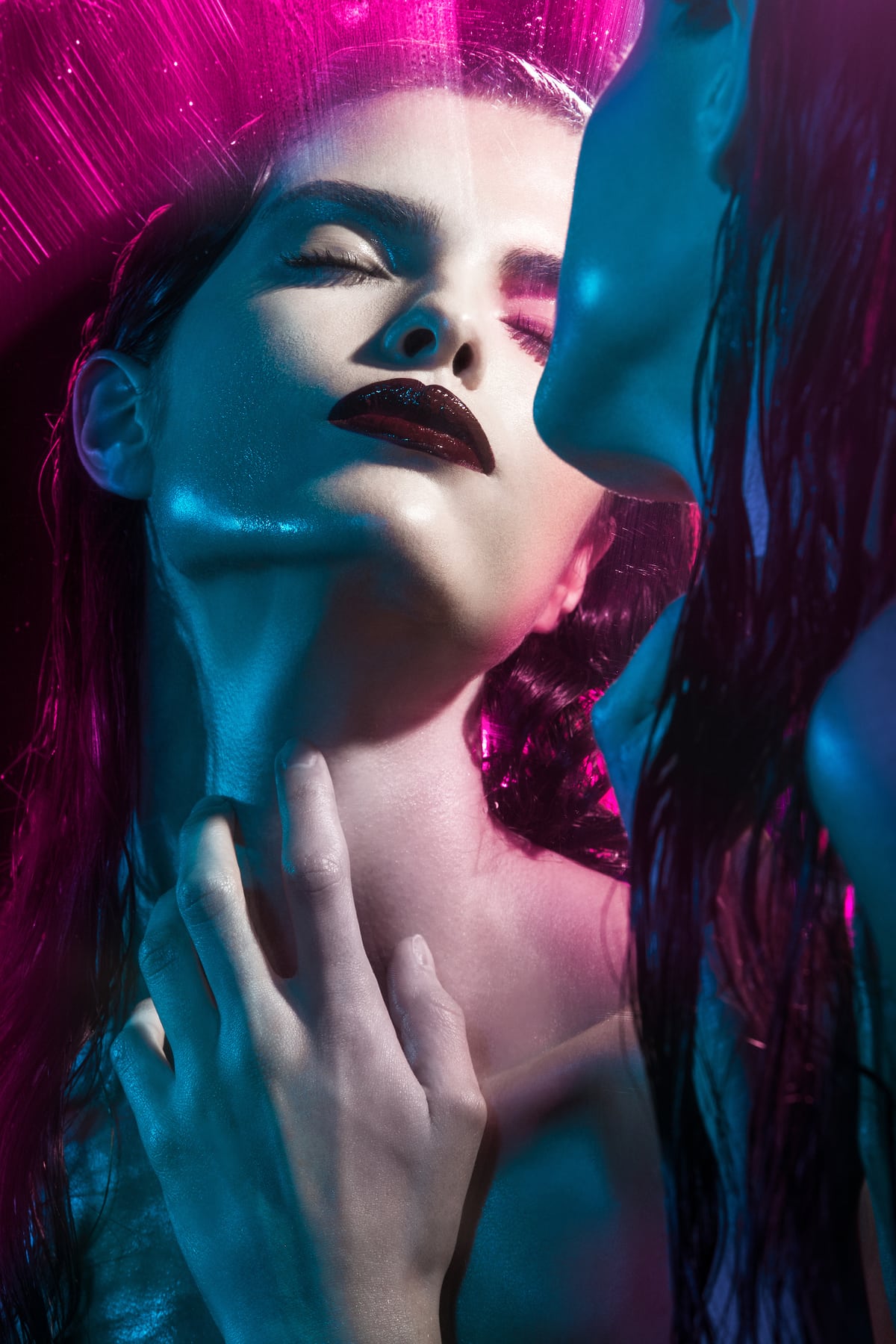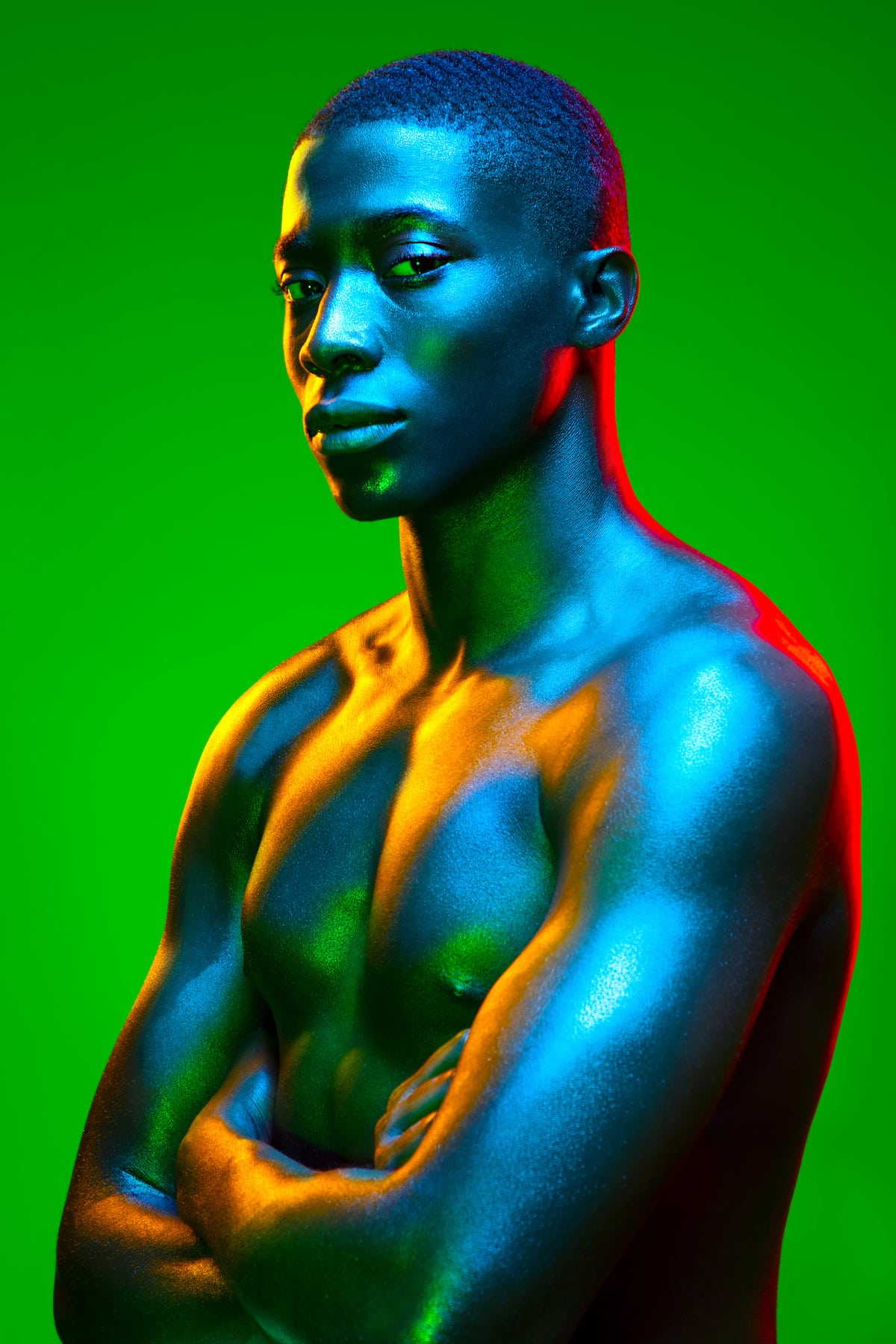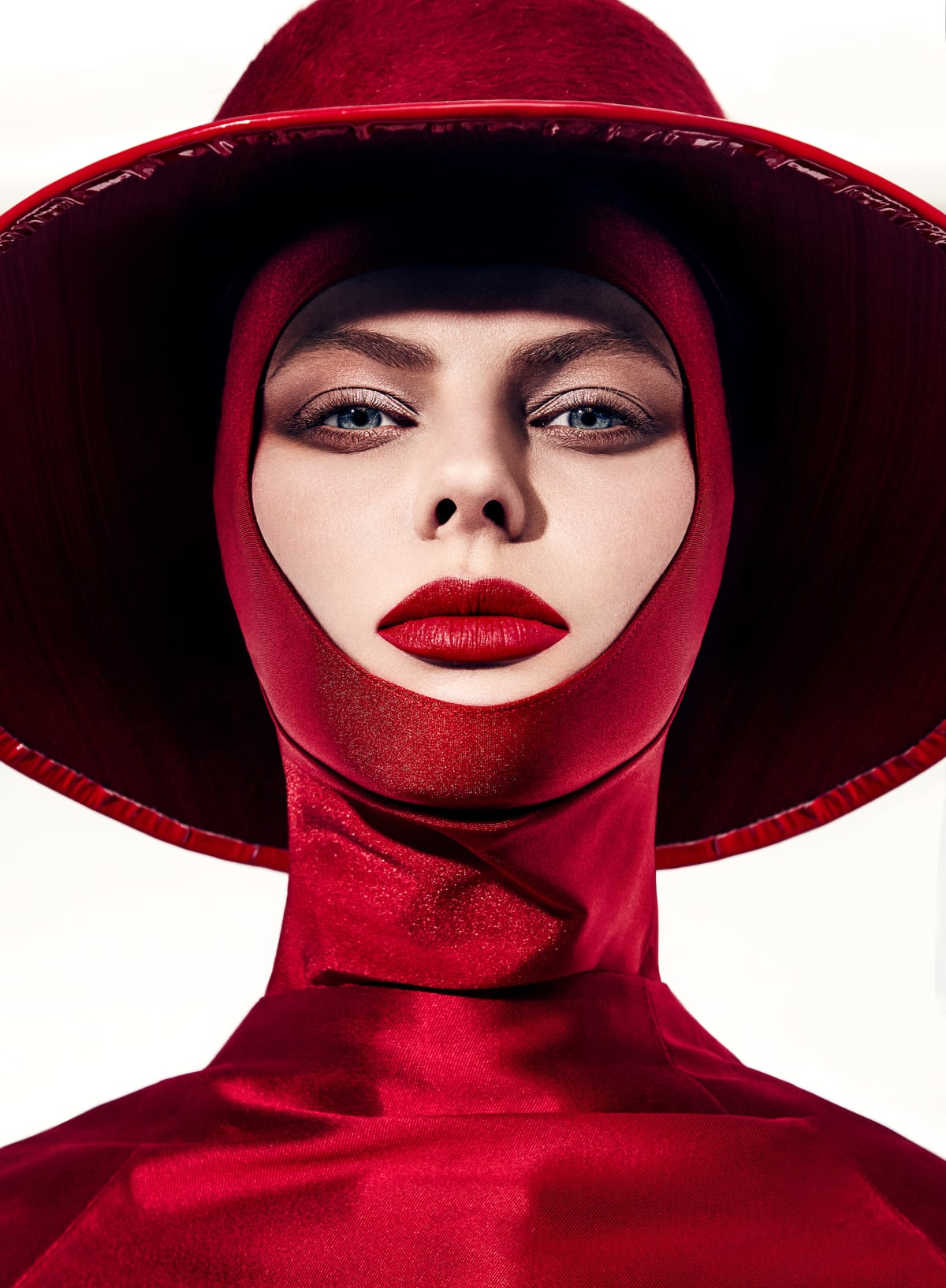Share
Taking Control of Your Photography: Get Career Advice from Color Master Lindsay Adler
Update March, 13 2020: Watch our on-demand webinar with Lindsay here. Photographer, educator and author Lindsay Adler has landed fashion editorials...
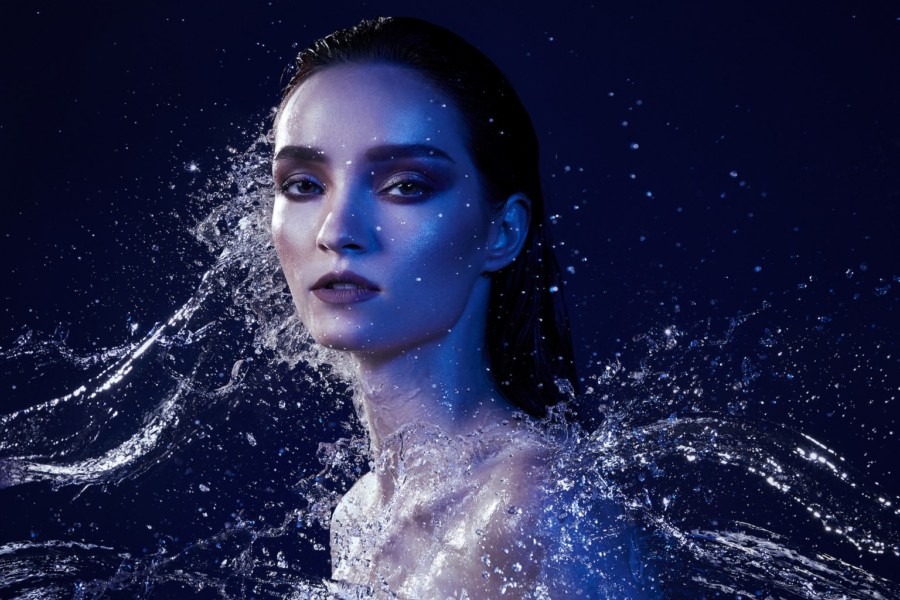
Update March, 13 2020: Watch our on-demand webinar with Lindsay here.
Photographer, educator and author Lindsay Adler has landed fashion editorials in the world’s top fashion magazines and worked with major brands like Canon, Adobe, NBC and Microsoft. Over the years, she’s amassed quite the following in the fashion photography community (not to mention over a quarter of a million Instagram followers). And just last week, Lindsay was named Rangefinder’s Icon Of The Year — the first woman ever to receive this particular award.
Now, this longtime PhotoShelter member is taking a moment to share her secrets with you.
Join Lindsay for an hour of conversation about color theory basics, the emotional implications of color, color grading like a pro and a live Q&A. This crash course, Harnessing The Power of Color, kicks off a new series of Q&As with the exclusive group of incredible photographers in our PhotoShelter community. Trust us, you’ll want to get in on these conversations from the very start.
As we prepped for the Q&A and this week’s Instagram takeover, we asked Lindsay a few questions about her successes, her go-to gear essentials and her artistic influences and inspirations. She’s paying it forward below. Check out her answers and register now to ask her your own questions tomorrow!
All photos by Lindsay Adler. This interview was lightly edited for clarity and length.
We’d love to hear a bit about your background and how you got into photography. Any big breaks come to mind?
I’m one of those lucky people who found their life’s passion at an early age. In my pre-teen years, photography was a way to spend time with the women in my family — my mother, aunt and grandmother were all hobbyist photographers. But soon it became clear to me that photography was more than a hobby—it was what I was meant to do. I’ve always had a very determined (and perhaps extreme) personality to push to achieve my goals… so at age 15 I started my very own photography business. I’ve been pursuing my career and success every single day in the two decades since.
I think people always have a misconception about there being a necessary ‘big break’ for a person’s career. It may happen sometimes but far more often it is one small step after another. My career has been a constant evolution. I began shooting nature as a hobby, then moved to portraits and weddings in Upstate New York and then eventually moved to Manhattan to pursue fashion photography. Each person I met, each client I had, each technique I learned were all incremental steps to growth.
Nowadays we tend to expect instant gratification and get frustrated when our break doesn’t come. What you have to realize is there isn’t ‘one big break’ but several small breaks every single day.
Lindsay Adler
You’ve got some awesome educational resources on your site for photographers with various backgrounds and specialties. What’s one piece of advice you have for photographers trying to build their own brand?
What unique voice do you have to offer the world? Nowadays there are so many voices that it all becomes a cacophony of people shouting for attention and views. Spend time to develop a truly different voice and vision, one that allows you to stand apart. Homogeneity is far too common in the copy-cat society we’ve developed. Being unique isn’t easy, but it’s rewarding.
Tell us about your shooting and editing process. How would you describe your style? How do you distinguish yourself from other photographers?
My style is clean, bold and graphic, and I aim to portray women with strength and elegance. That is the sentence I live by. I always encourage others to figure out their ‘brand identity’ or even their elevator pitch. If you have to describe yourself and what makes you different, can you do so in 10 – 30 seconds? Make it succinct but impactful.
In my work, every single pixel is on purpose. I carefully craft each image to be clean, bold and graphic by carefully selecting my color palette, selecting bold styling, and creating compelling composition with poses and camera angles. I portray elegance in my subjects through their expressions and styling. Furthermore, my camera angles and model expressions also portray strength—I don’t create demure or doe-eyed impressions of women.
In the world of beauty photography right now, I feel like almost everything looks the same. Sure, that lends itself to commercial appeal (which is important) but it creates a sameness to everyone’s work. My color choices, precise control over lighting and dynamic angles help me to stand out.
What is your go-to gear? How do you feel it’s impacted your work and photographic style?
The gear I consider essential is often evolving as technology changes. Cameras, lights and lenses are all just tools. My goal is to not think about the gear— it should seamlessly become an extension of myself that allows me to better express my ideas.
I am a Canon Explorer of Light, and I recently have been using both the Canon 5DIV and Canon EOS R mirrorless camera because I love the face detection and eye tracking autofocus. I tend to find that I use three lenses in the studio over and over again: Canon 180mm macro, Canon 24-105 and Canon 70-200mm 2.8.
Light is my secret sauce (though it’s not so secret). I try to carefully craft dramatic and precise lighting to create an impact. Every shot is done with intention so that the light, composition, camera angle and color palette are working together toward one goal. My strobes of choice are Profoto strobes and I use a combination of Profoto D1, D2s and B10+.
Have a story about a photo fail you’ve had to overcome during a shoot? How did you work through it?
Early on a lot of my ‘photo fails’ I encountered were because I wasn’t taking enough control. For example, portrait clients wouldn’t like their hair that day, or the clothes weren’t flattering in a photograph. Even though I did my photography job correctly, the images weren’t successful. That’s why I started to take more control. For every shoot we develop mood boards, I work with wardrobe stylists, I require hair and makeup artists for the shoot– I try not to leave too many variables up to chance anymore.
This doesn’t mean that I have every single pose and expression pre-determined, but I try to put as many beautiful things in front of my lens as possible to help increase my chances of a successful shoot.
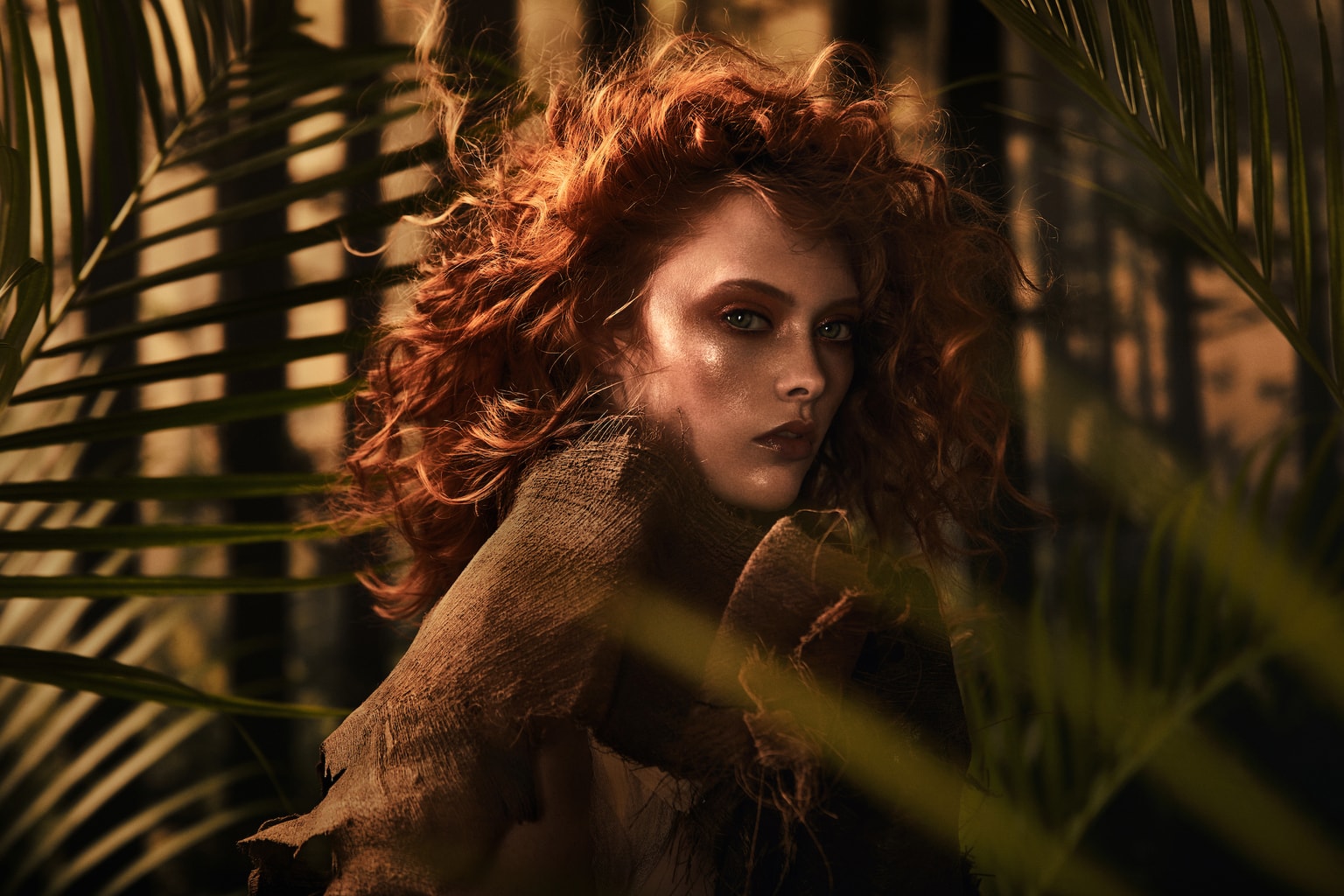
Who are some of the people or photographers in your life that have inspired you along the way? We’d love to shout them out and share the love (Instagram handles?)
The list of photographers who have inspired me is a long one. I try to take small pieces of inspiration from a variety of different artists, mix it in with my style, and hopefully come up with my own unique creation.
My posing is often inspired by Herb Ritts. Albert Watson’s lighting has always intrigued and inspired me. Kristian Schuller’s whimsy, color and moving fabric excite me. Lillian Bassman’s way of portraying strength and elegance with that vintage flair is endlessly beautiful.
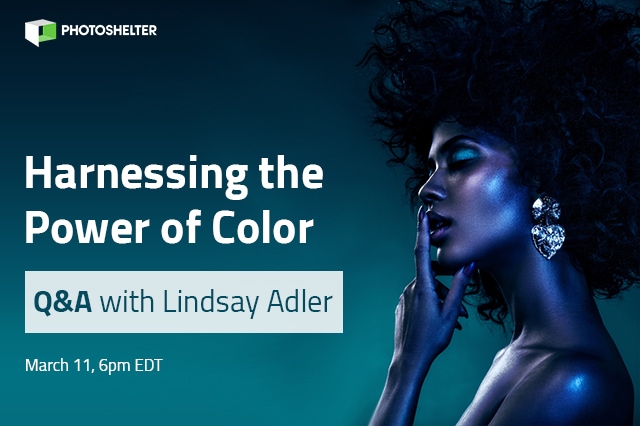
Join us tomorrow at 6PM ET. You won’t want to miss it.

